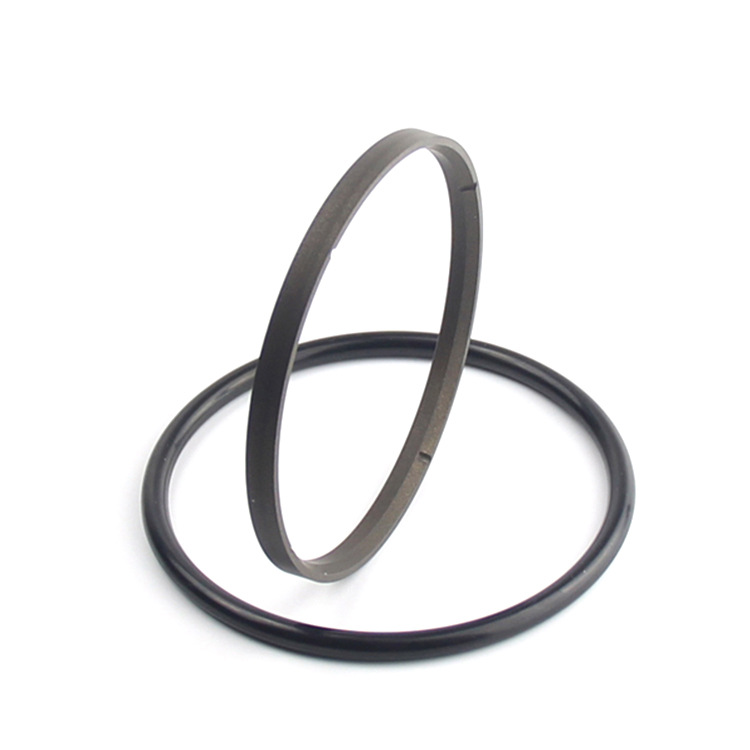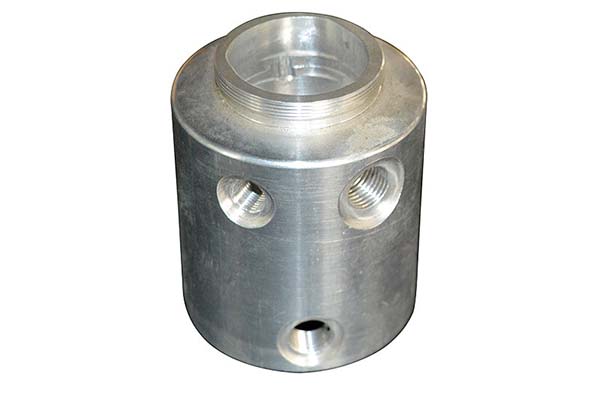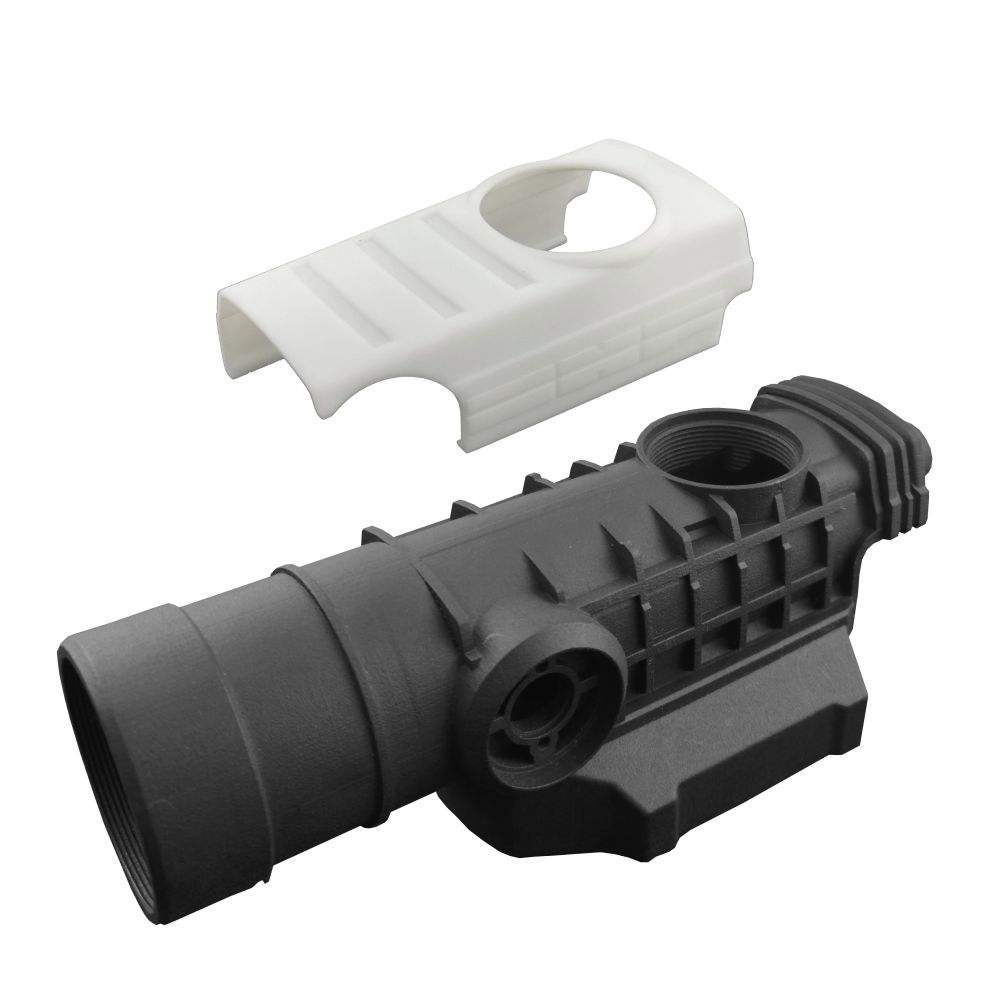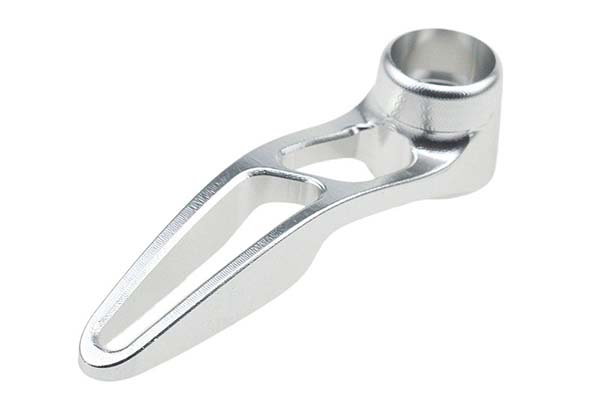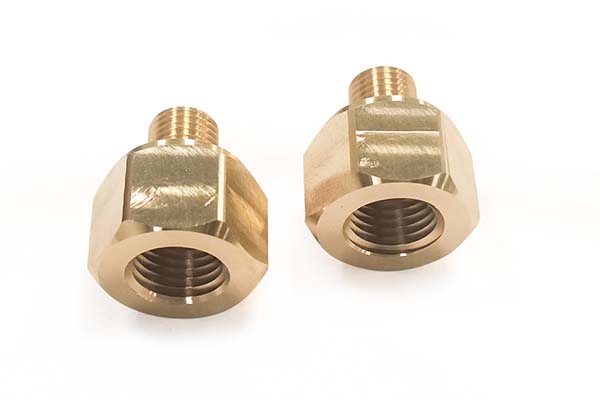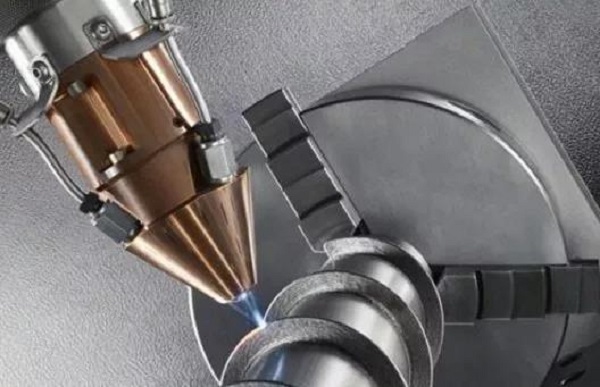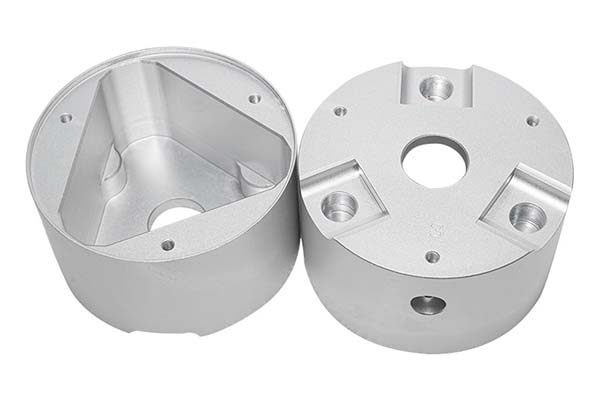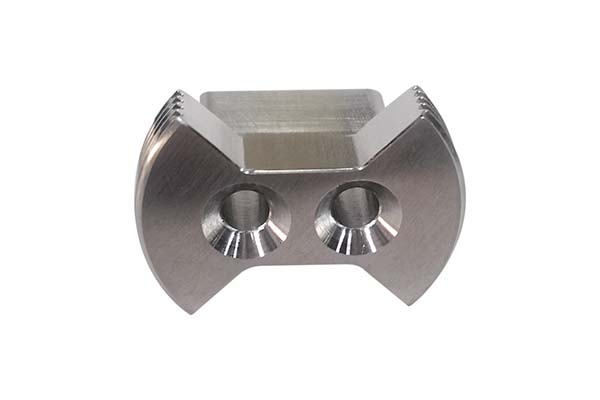Introduction
Automobile components are the building blocks that make up a vehicle, each playing a distinct and crucial role in enabling mobility. From the engine that roars to life, propelling the car forward, to the smallest screw that holds various parts in place, every component is a testament to the intricate engineering behind automotive technology. Mobility, in the context of automobiles, is not just about getting from point A to point B; it encompasses factors such as speed, efficiency, safety, and comfort during the journey.
Powertrain Components
The powertrain is the heart of a vehicle, responsible for generating and transmitting power to the wheels. At its core are the engine and the transmission.
Engine: The engine is a complex piece of machinery that converts chemical energy from fuel into mechanical energy. There are different types of engines, such as gasoline, diesel, and increasingly, electric motors in electric vehicles. For instance, a typical gasoline - powered internal combustion engine works based on the Otto cycle. In a four - stroke gasoline engine, the four strokes are intake, compression, power, and exhaust. During the intake stroke, a mixture of air and fuel is drawn into the cylinder. The compression stroke compresses this mixture, and then in the power stroke, a spark ignites the compressed mixture, creating a rapid expansion of gases that push the piston down, generating power. Finally, the exhaust stroke expels the burned gases out of the cylinder. In 2022, the average power output of a mid - sized gasoline - powered car engine was around 150 - 200 horsepower, which is sufficient to propel the vehicle at various speeds, from idling in traffic to cruising on highways at speeds of 60 - 80 mph.
Transmission: The transmission's role is to control the speed and torque delivered to the wheels. Manual transmissions require the driver to shift gears, while automatic transmissions do this automatically. A transmission has multiple gear ratios. Lower gears provide higher torque but lower speed, which is useful for starting the vehicle or climbing steep hills. Higher gears offer lower torque but higher speed, ideal for cruising on flat roads. For Yigu Technology example, a 6 - speed automatic transmission in a family sedan might have a first - gear ratio of around 3.5 - 4.5:1, which helps the car get moving from a standstill, and a sixth - gear ratio of around 0.7 - 0.8:1 for efficient high - speed driving. This ability to adjust the power output according to the driving conditions is crucial for the vehicle's mobility.
Suspension and Steering Components
Suspension Components: The suspension system consists of springs, shock absorbers, control arms, and struts. Springs, such as coil springs or leaf springs, support the weight of the vehicle and absorb shock from uneven road surfaces. Shock absorbers, on the other hand, dampen the vibrations caused by the springs, ensuring a smooth ride. Control arms and struts help in guiding the movement of the wheels. A well - tuned suspension system can improve a vehicle's handling and stability. For example, in high - performance sports cars, a stiffer suspension setup is used. This allows for better cornering ability as the suspension can keep the tires in better contact with the road surface. In contrast, luxury cars often have a more compliant suspension to prioritize ride comfort, using advanced air suspension systems that can adjust the ride height and stiffness based on driving conditions.
Steering Components: The steering system allows the driver to control the direction of the vehicle. Key components include the steering wheel, steering column, rack - and - pinion (in most modern cars) or recirculating ball steering mechanisms, and tie rods. When the driver turns the steering wheel, the movement is transmitted through the steering column to the steering mechanism. In a rack - and - pinion system, the rotation of the steering wheel causes the pinion gear to turn, which in turn moves the rack, connected to the tie rods. The tie rods then move the wheels, changing the vehicle's direction. Precise steering is essential for mobility, as it enables the driver to navigate through traffic, take turns, and park the vehicle safely. A responsive steering system can make a vehicle feel more agile, while a loose or unresponsive one can be dangerous and make driving difficult.
Braking Components
The braking system is made up of brake discs, brake pads, calipers, and the master cylinder. When the driver presses the brake pedal, hydraulic pressure is generated in the master cylinder. This pressure is transmitted through the brake lines to the calipers at each wheel. In a disc - braking system (the most common type in modern cars), the calipers squeeze the brake pads against the rotating brake discs. The friction between the pads and the discs slows down the rotation of the wheels, ultimately bringing the vehicle to a stop.
Braking is crucial for mobility in several ways. Firstly, it allows the driver to control the speed of the vehicle, whether it's slowing down for a traffic light or reducing speed on a curvy road. Secondly, in an emergency situation, effective brakes can prevent collisions. According to traffic safety statistics, around 20 - 25% of all traffic accidents could potentially be avoided if vehicles had better - performing braking systems. For Yigu Technology example, anti - lock braking systems (ABS) prevent the wheels from locking up during hard braking, allowing the driver to maintain steering control. This technology has significantly improved the safety and mobility of vehicles, as it enables the driver to both stop quickly and maneuver the vehicle to avoid obstacles.
Comparison of Different Automobile Component Technologies in Mobility
Traditional vs. Advanced Engine Technologies
Engine technology has evolved significantly over the years, with modern advancements offering notable improvements in terms of mobility - related factors. Here is a comparison between traditional and advanced engine technologies:
| Comparison Aspect | Traditional Engine (e.g., Older Gasoline Engines) | Advanced Engine (e.g., Turbocharged or Hybrid Engines) | Impact on Mobility |
| Fuel Efficiency | Generally lower. For example, a traditional 2.0 - liter naturally aspirated gasoline engine in an average - sized sedan might have a fuel efficiency of around 25 - 30 miles per gallon (mpg) in combined city - highway driving. | Significantly higher. A 1.5 - liter turbocharged gasoline engine in a similar - sized vehicle can achieve 30 - 35 mpg or even more in some cases. Hybrid engines, which combine a gasoline engine with an electric motor, can be even more fuel - efficient, with some models reaching 40 - 50 mpg or higher. | Higher fuel efficiency means longer driving ranges between refueling stops. This is beneficial for long - distance travel and reduces the frequency of having to stop for fuel, thus enhancing mobility. It also reduces fuel costs for the vehicle owner. |
| Power Output | Power output is relatively fixed. For instance, a traditional V6 engine might have a power output of 200 - 250 horsepower, and it doesn't adapt well to different driving conditions in terms of power delivery. | Advanced engines can have variable power output. Turbocharged engines can provide a significant power boost when needed, such as during overtaking. A small - displacement turbocharged engine can have a base power output of around 150 - 180 horsepower but can produce much higher torque and power when the turbocharger kicks in. Hybrid engines can also adjust power delivery between the gasoline engine and the electric motor based on driving conditions, providing smooth acceleration and better power management. | The ability to adjust power output according to driving conditions makes the vehicle more responsive and easier to drive. It improves acceleration when needed, which is important for merging onto highways or overtaking other vehicles, enhancing the overall mobility experience. |
| Emissions | Produces higher levels of emissions, including carbon dioxide (CO2), nitrogen oxides (NOx), and particulate matter. For example, a traditional gasoline engine might emit around 400 - 500 grams of CO2 per mile. | Significantly lower emissions. Modern engines with advanced emission control technologies, such as catalytic converters and direct fuel injection, can reduce emissions. Hybrid and electric engines produce even fewer or zero tailpipe emissions. A hybrid vehicle might emit around 150 - 250 grams of CO2 per mile, depending on the driving mode and the proportion of electric - only driving. | Lower emissions are not only better for the environment but also mean that the vehicle can be used in areas with strict emission regulations. This expands the areas where the vehicle can be driven, contributing to improved mobility. |
Conventional vs. Electronic Braking Systems
Braking systems have also seen technological advancements, with electronic braking systems offering several advantages over conventional ones:
| Comparison Aspect | Conventional Braking System | Electronic Braking System (e.g., Electronic Stability Control - ESC - integrated braking) | Impact on Mobility |
| Response Speed | When the driver presses the brake pedal, the mechanical and hydraulic components take a short time to transmit the force to the wheels. There can be a slight delay, typically around 0.2 - 0.3 seconds from the time the pedal is pressed until the brakes start to engage fully. | Electronic braking systems use sensors to detect the driver's braking input immediately. The response time is significantly faster, often less than 0.1 seconds. For example, in an emergency braking situation, an ESC - equipped vehicle can start applying the brakes much quicker. | Faster response speed in electronic braking systems allows for more rapid deceleration. This is crucial in emergency situations, as it can reduce the stopping distance of the vehicle. A shorter stopping distance means better control over the vehicle, enhancing safety and mobility by reducing the risk of collisions. |
| Brake Force Distribution | In a conventional braking system, the brake force distribution is mainly based on a fixed mechanical - hydraulic design. It might not be able to adjust optimally to different driving conditions, such as a vehicle loaded unevenly or driving on a slippery road. | Electronic braking systems can use sensors to monitor various factors like vehicle speed, wheel speed, and the load on each wheel. They can then adjust the brake force distribution in real - time. For instance, if one wheel starts to lose traction on a wet road, the system can reduce the brake force on that wheel and transfer more force to the wheels with better traction. | Precise brake force distribution improves the vehicle's stability during braking. It ensures that the vehicle stops in a straight line, even in challenging driving conditions. This stability is essential for safe driving and allows the driver to maintain control of the vehicle, which is fundamental to mobility. |
| Braking Precision | Conventional braking systems rely on the driver's pedal - pressing force to control the braking intensity. It can be difficult for the driver to achieve very precise braking, especially in situations that require delicate speed adjustments. | Electronic braking systems can provide extremely precise braking control. They can apply or release the brakes in very small increments. For example, in a low - speed parking situation, the electronic braking system can help the driver stop the vehicle with millimeter - level precision, making parking easier. | Precise braking control gives the driver more confidence and control over the vehicle. It is particularly useful in situations where accurate speed control is required, such as in traffic jams, parking, or when driving on steep and narrow roads, contributing to a more seamless driving experience and better mobility. |
Conclusion
Yigu Technology Automobile components are the cornerstone of automotive mobility. Each component, from the powertrain that generates and transmits power, to the suspension and steering systems that ensure control and comfort, and the braking components that guarantee safety, plays an irreplaceable role. The continuous evolution of component technologies, as seen in the comparison between traditional and advanced engine and braking systems, has significantly enhanced mobility in terms of fuel efficiency, power management, safety, and driving precision.
FAQs
1. How does a malfunctioning suspension component affect a vehicle's mobility?
A malfunctioning suspension component, such as a worn - out shock absorber or a broken spring, can significantly impact a vehicle's mobility. It can lead to a rough and uncomfortable ride, as the vehicle is less able to absorb road shocks. Handling and stability are also compromised. For example, during cornering, the vehicle may lean more than normal, reducing its ability to maintain a stable path. This can make driving more difficult and dangerous, especially at higher speeds. In extreme cases, a severely damaged suspension component could even cause the vehicle to become undrivable.
2. Can upgrading the engine of a vehicle improve its long - distance mobility?
Yes, upgrading the engine can improve long - distance mobility. A more fuel - efficient engine, like a modern turbocharged or hybrid engine, can reduce the frequency of refueling stops during long - distance trips. It can also provide better power output and torque, making it easier to maintain a consistent speed on highways and during overtaking maneuvers. Additionally, advanced engines often have lower emissions, which means they can be used in areas with strict environmental regulations, further enhancing their long - distance usability.
3. What are the key differences between manual and automatic transmissions in terms of vehicle mobility?
Manual transmissions require the driver to shift gears manually, which gives the driver more direct control over the power delivery to the wheels. This can be beneficial in certain situations, such as driving on steep mountain roads where the driver can choose the optimal gear for maximum torque. However, it also requires more skill and attention from the driver. Automatic transmissions, on the other hand, shift gears automatically based on driving conditions. They are more convenient for city driving and long - distance cruising as the driver doesn't have to constantly worry about gear changes. In terms of acceleration, automatic transmissions can sometimes provide smoother acceleration, especially in modern vehicles with advanced transmission control systems. But in some high - performance driving scenarios, manual transmissions may offer more precise control over the vehicle's speed and power, which can be an advantage for experienced drivers.
